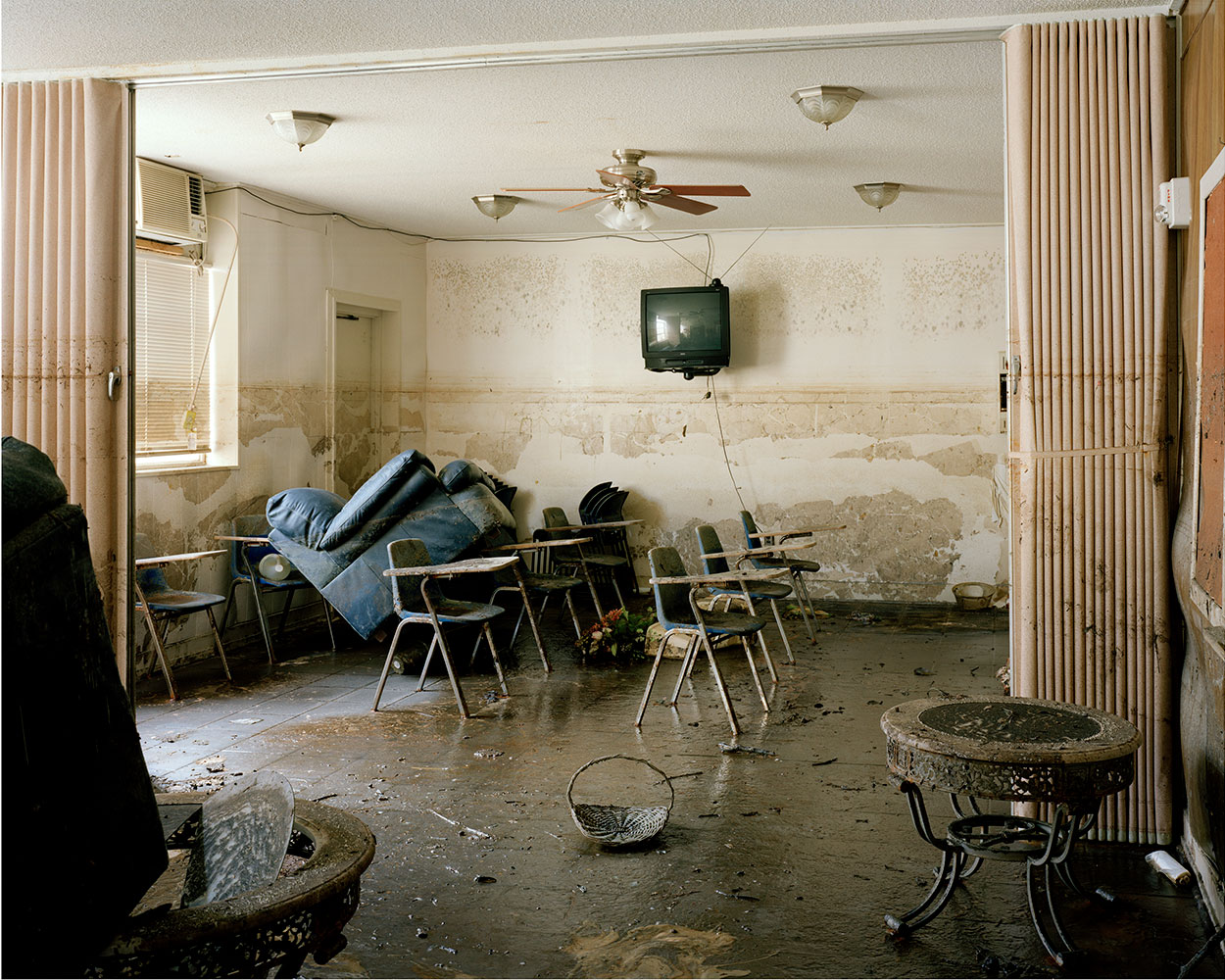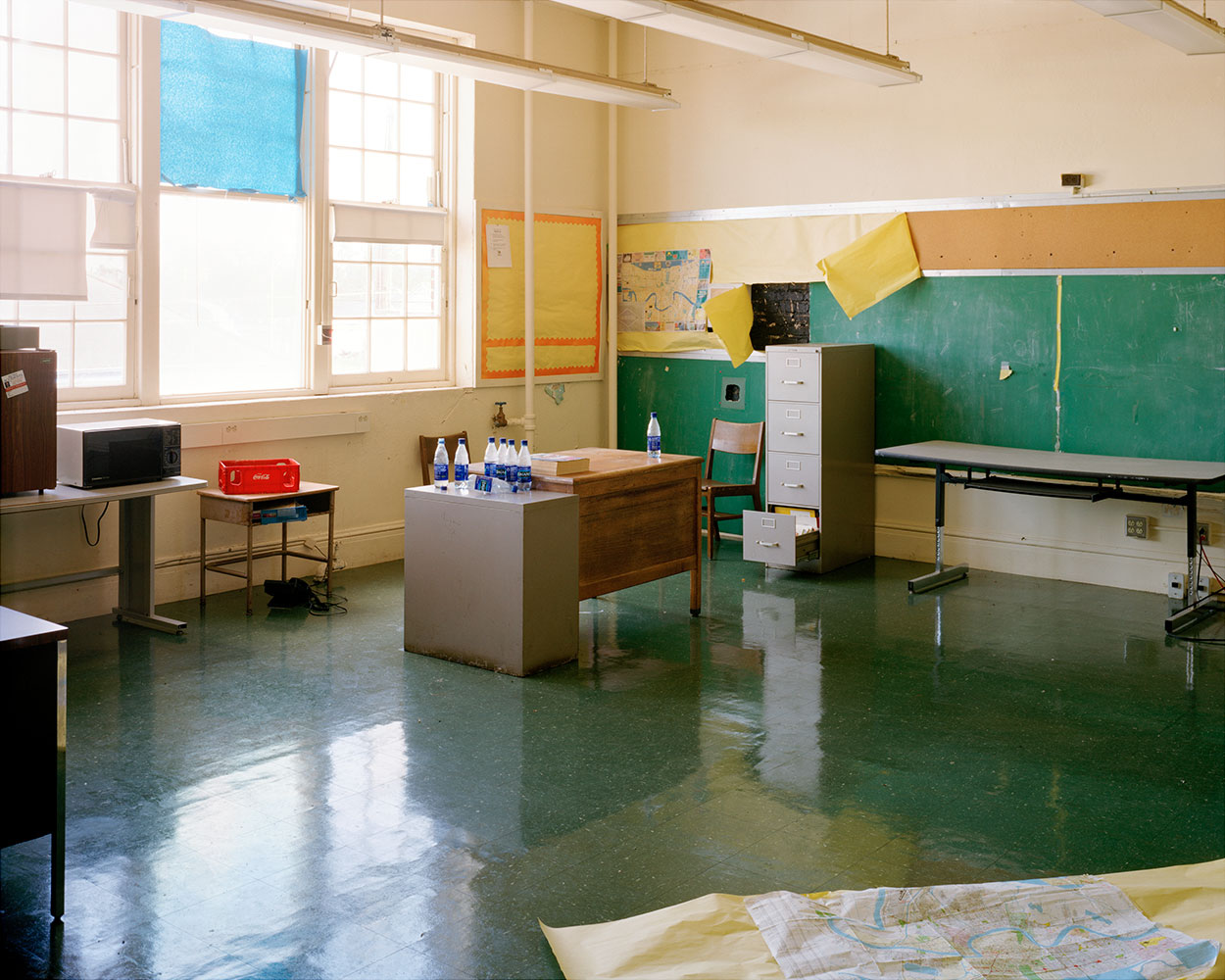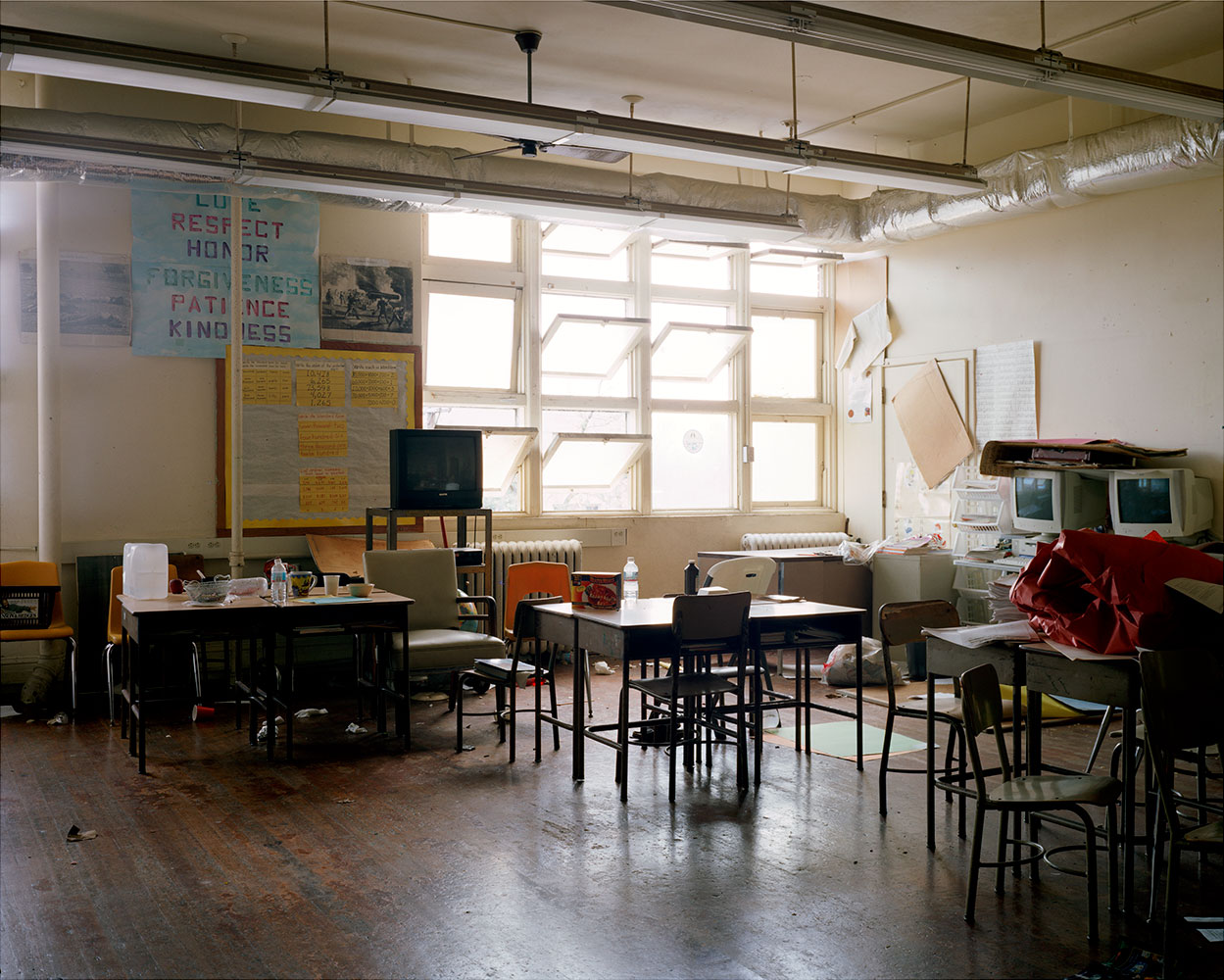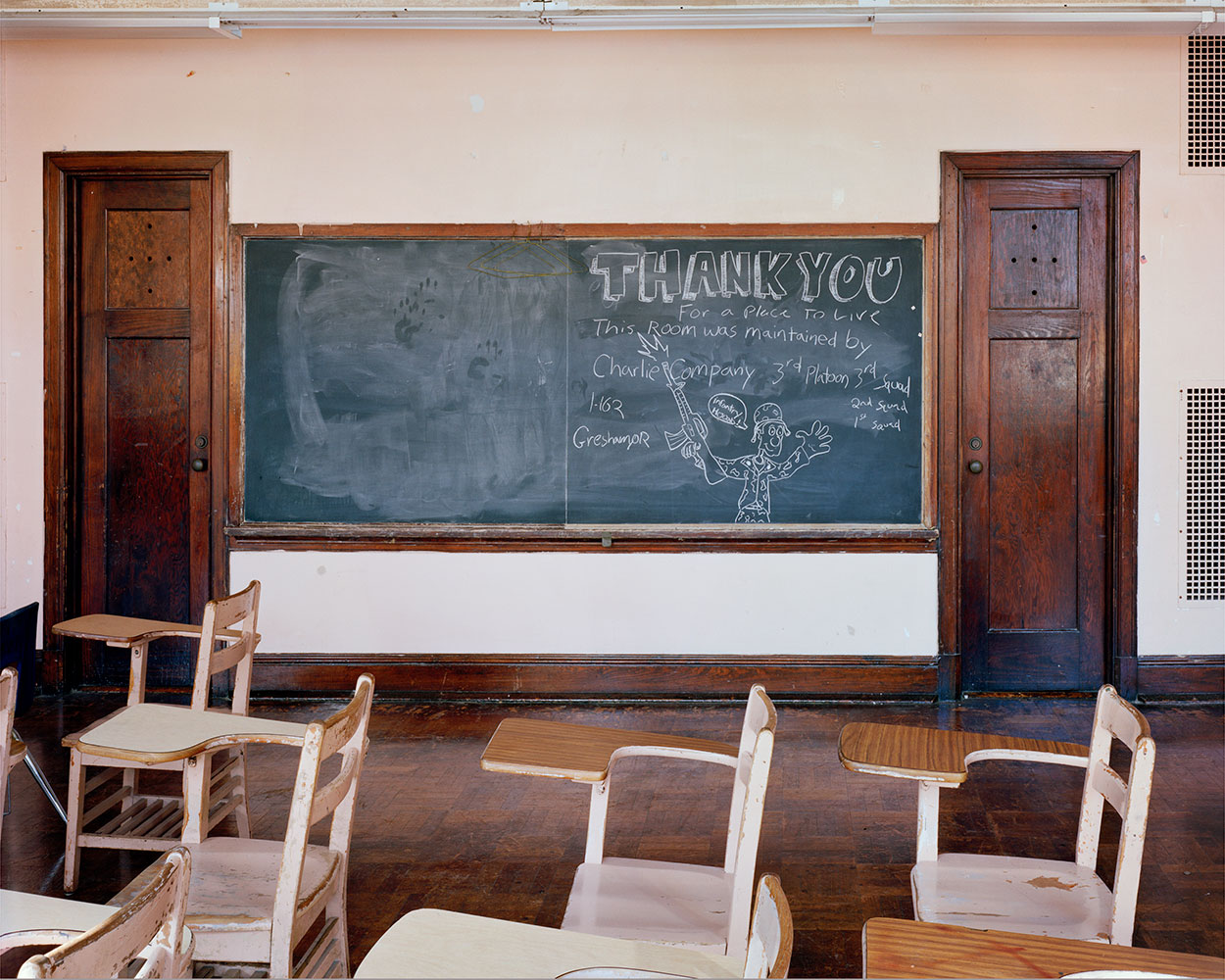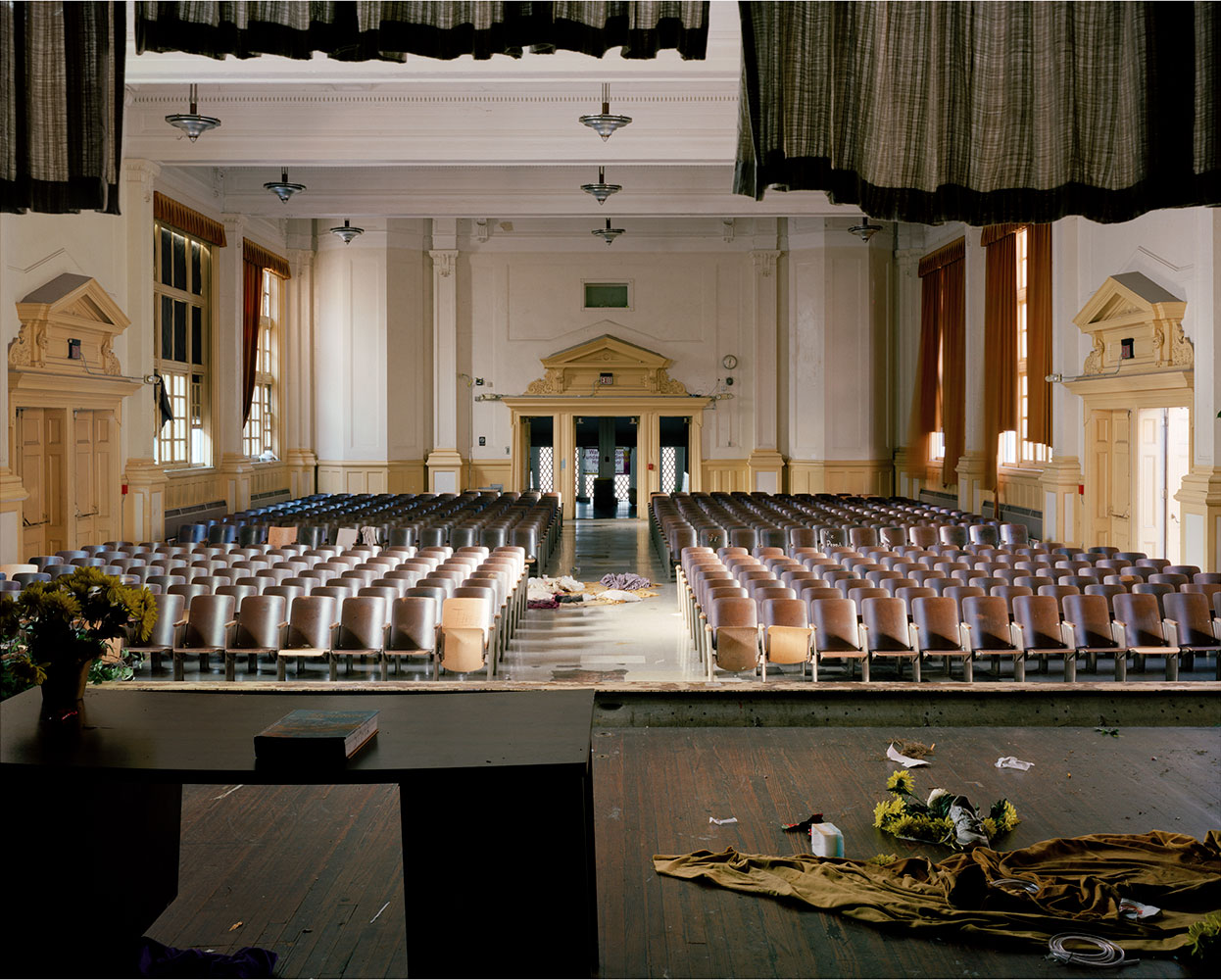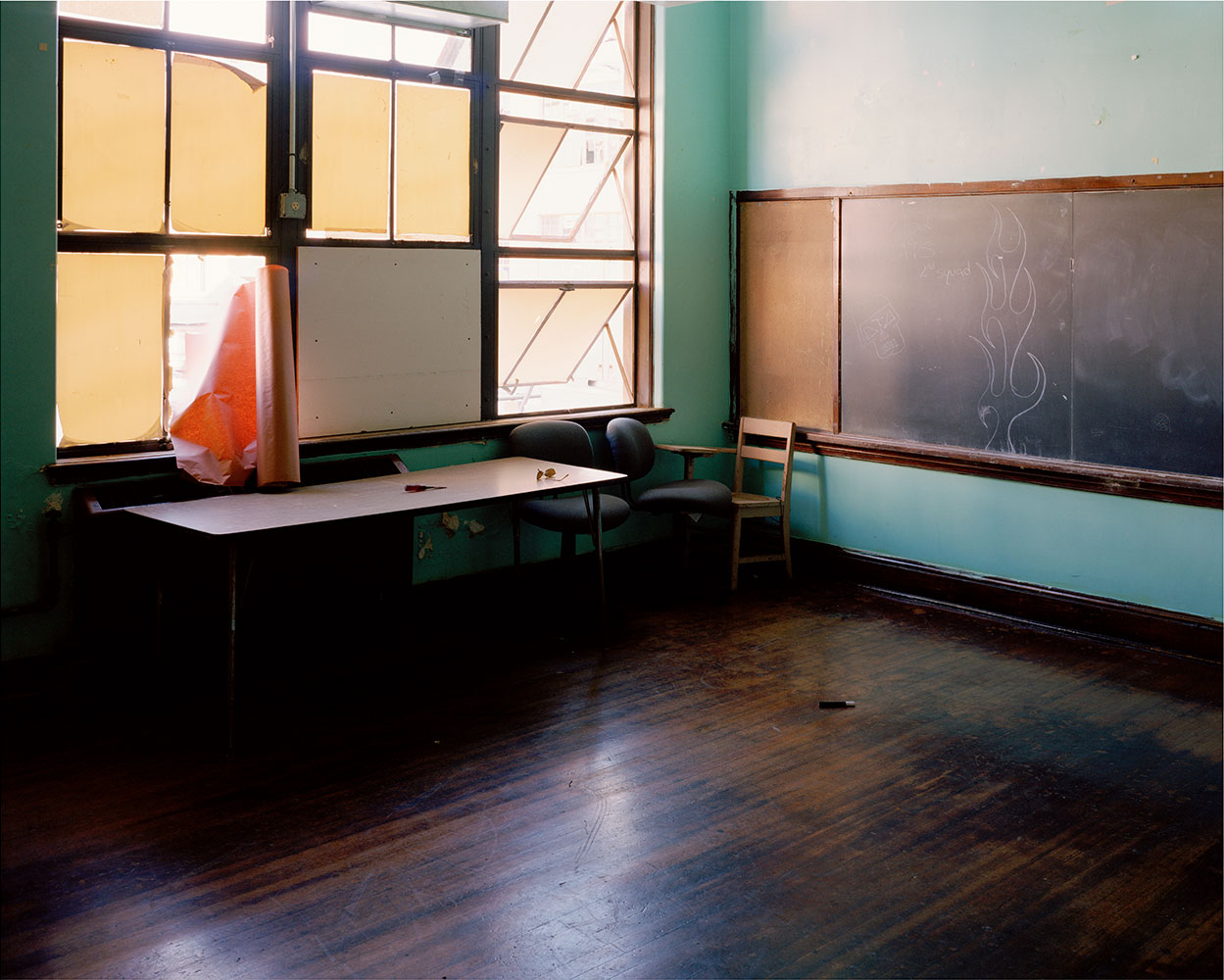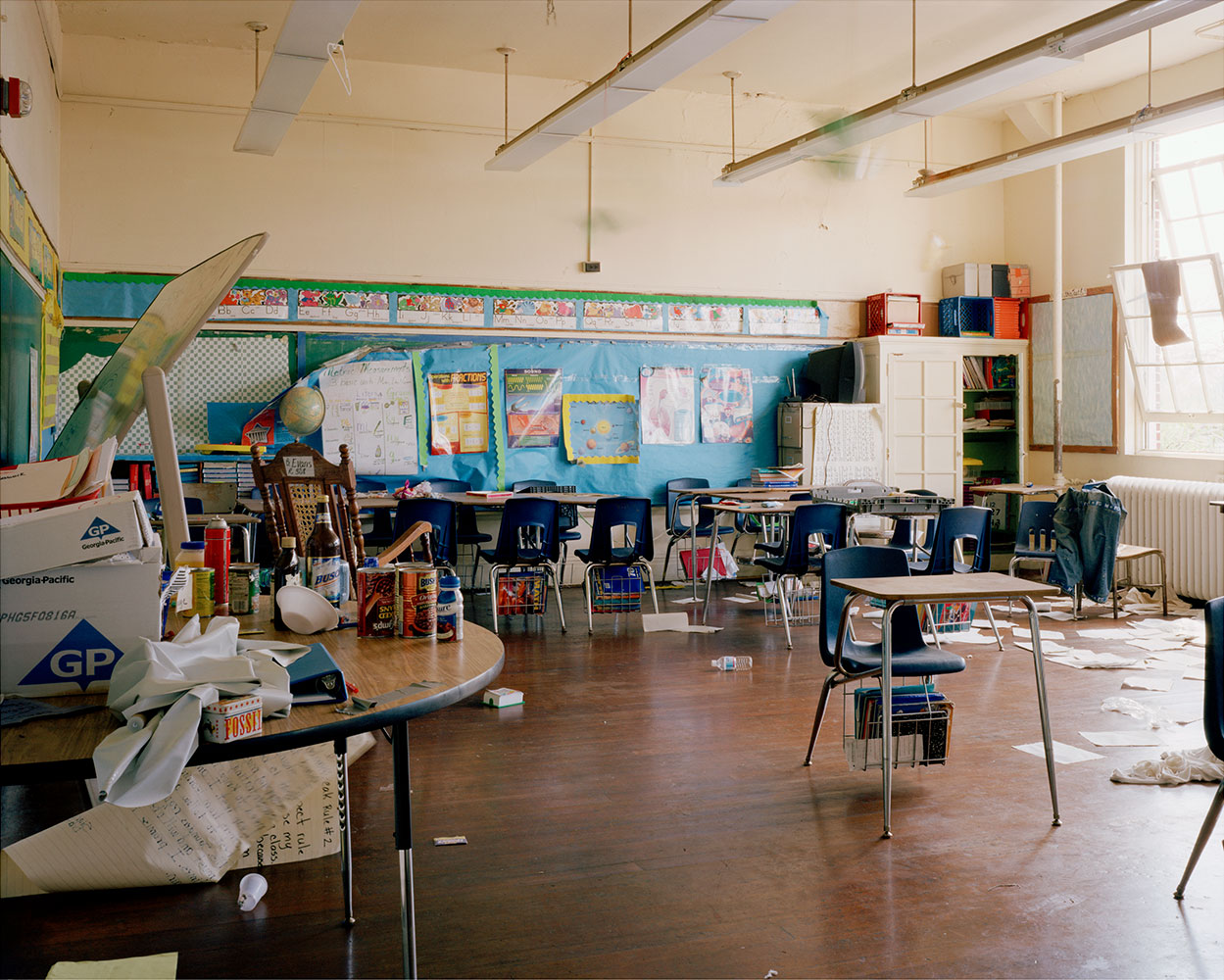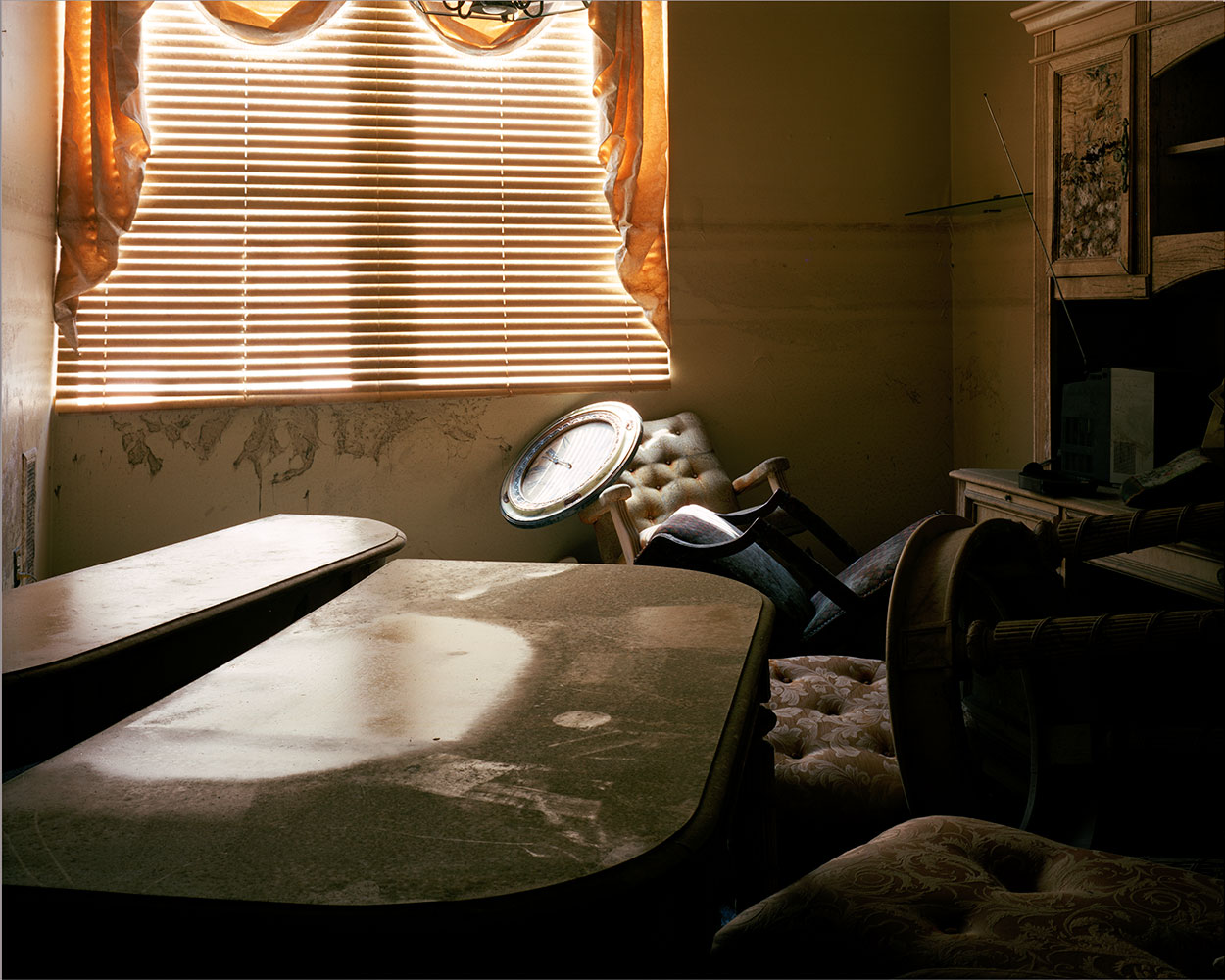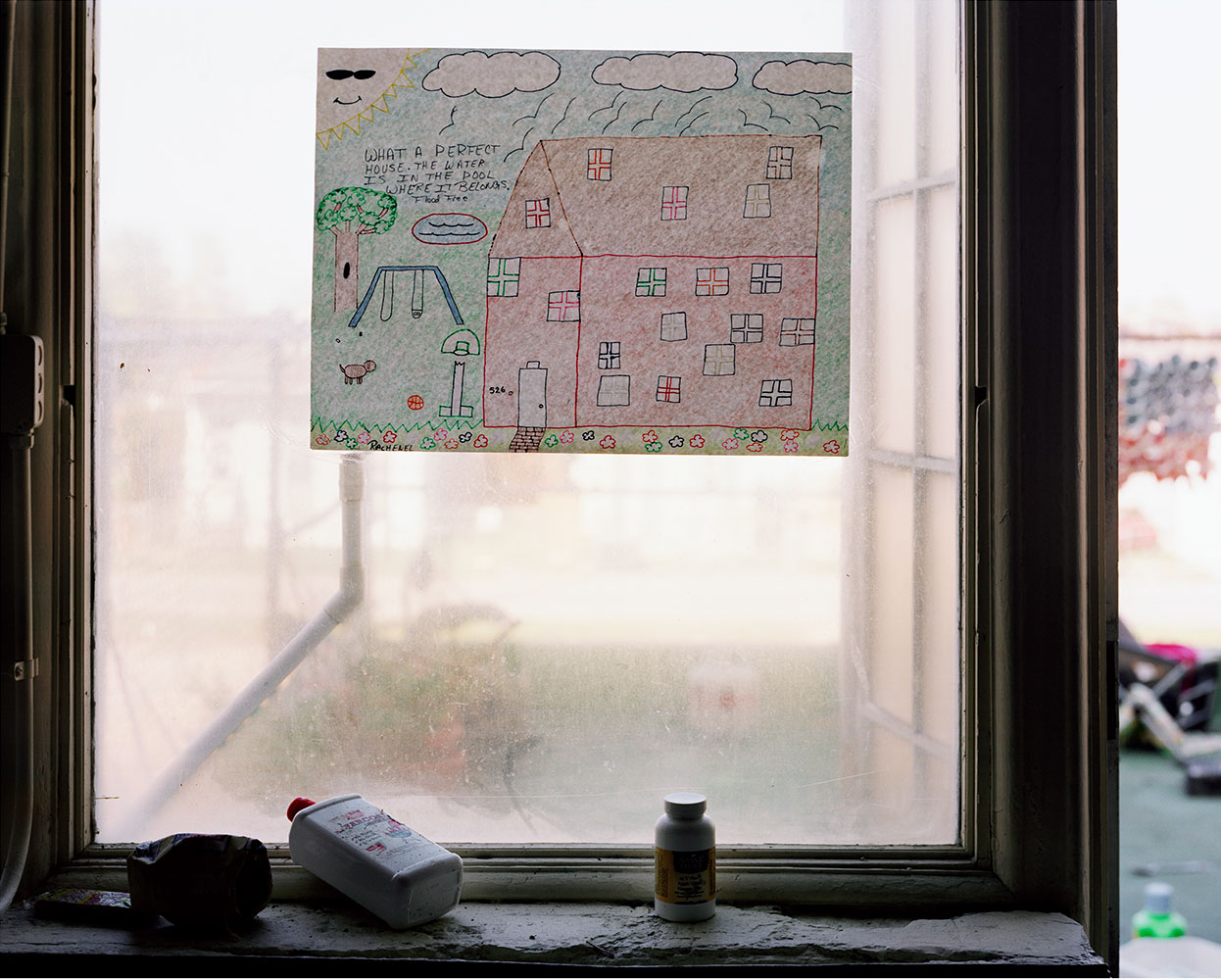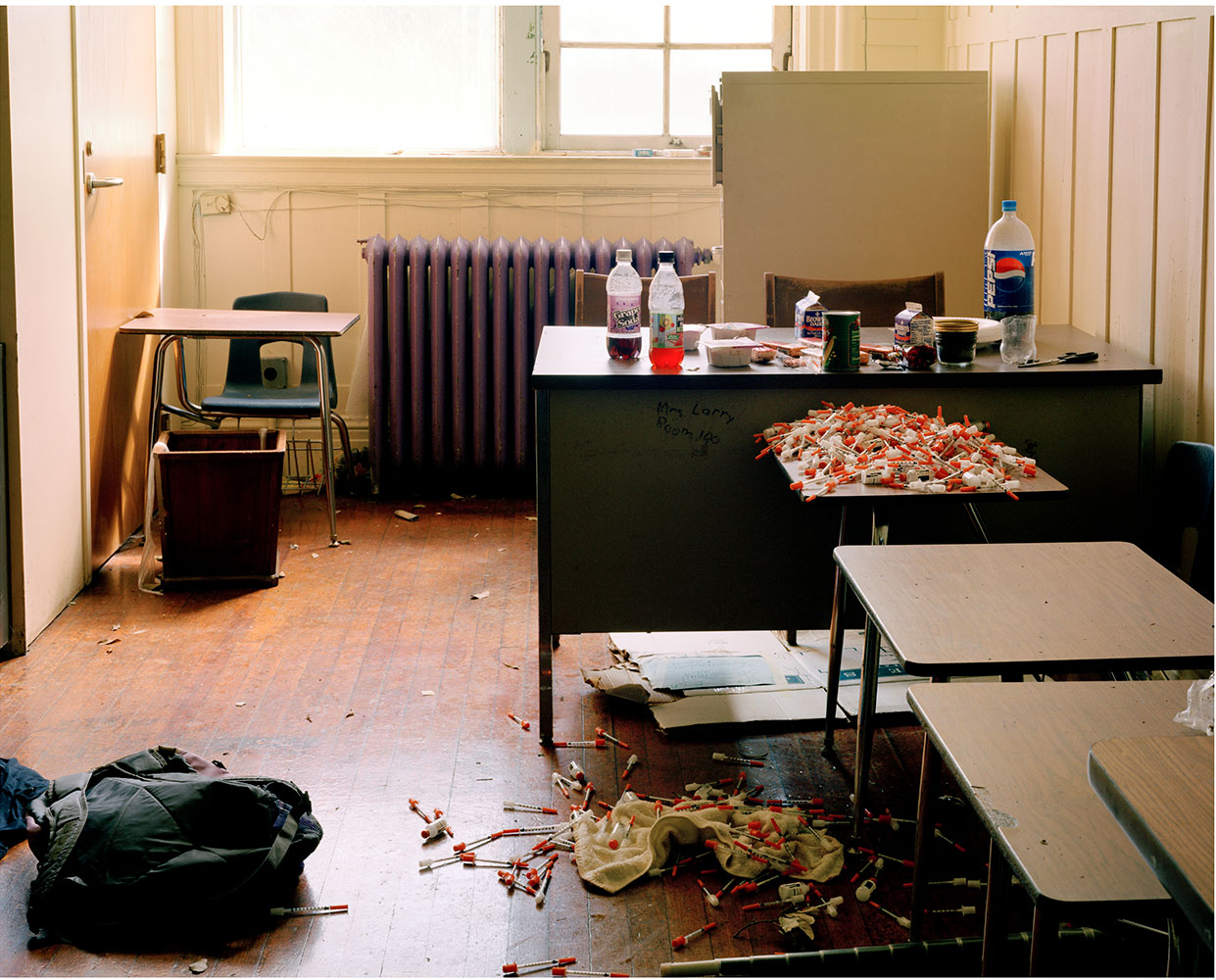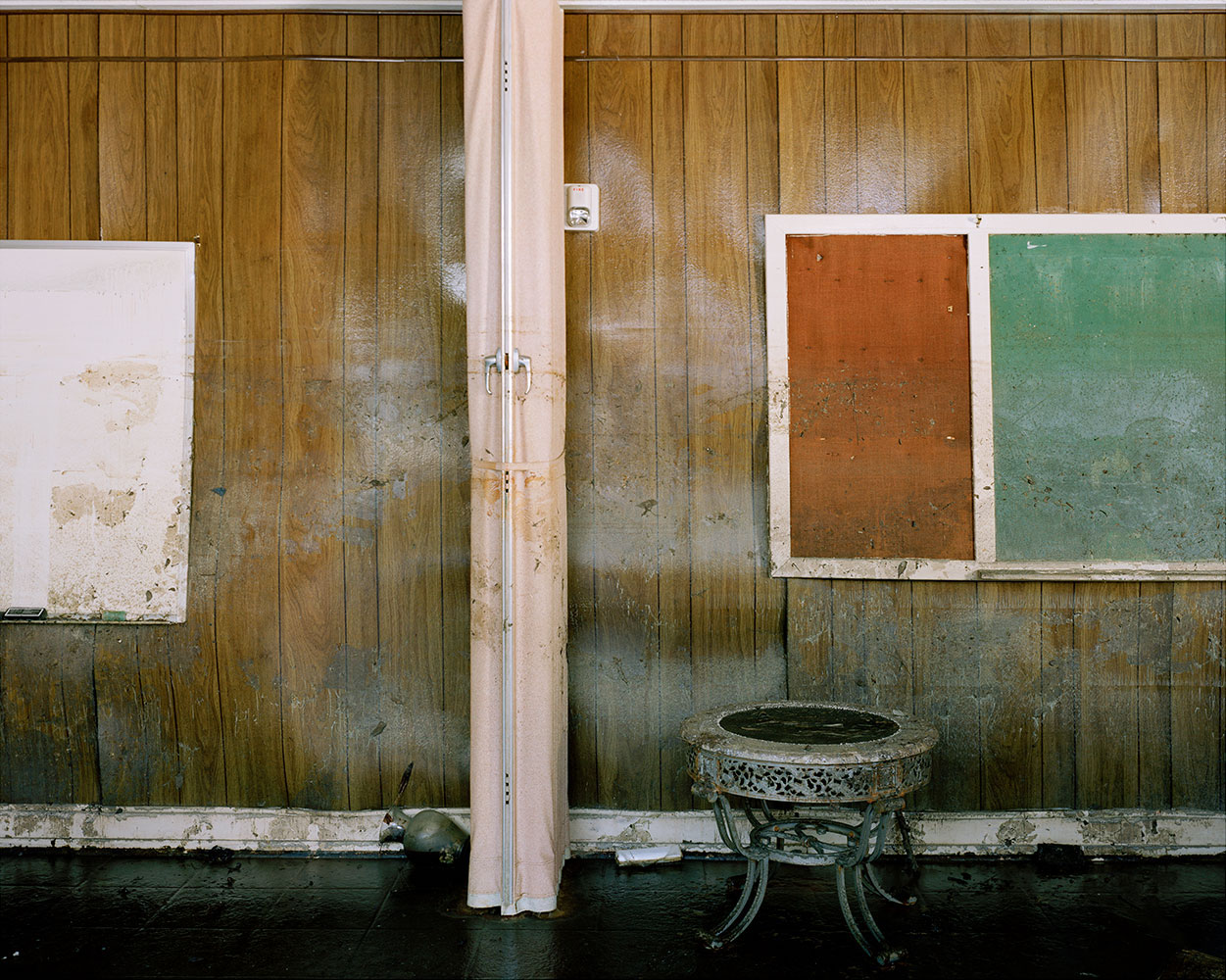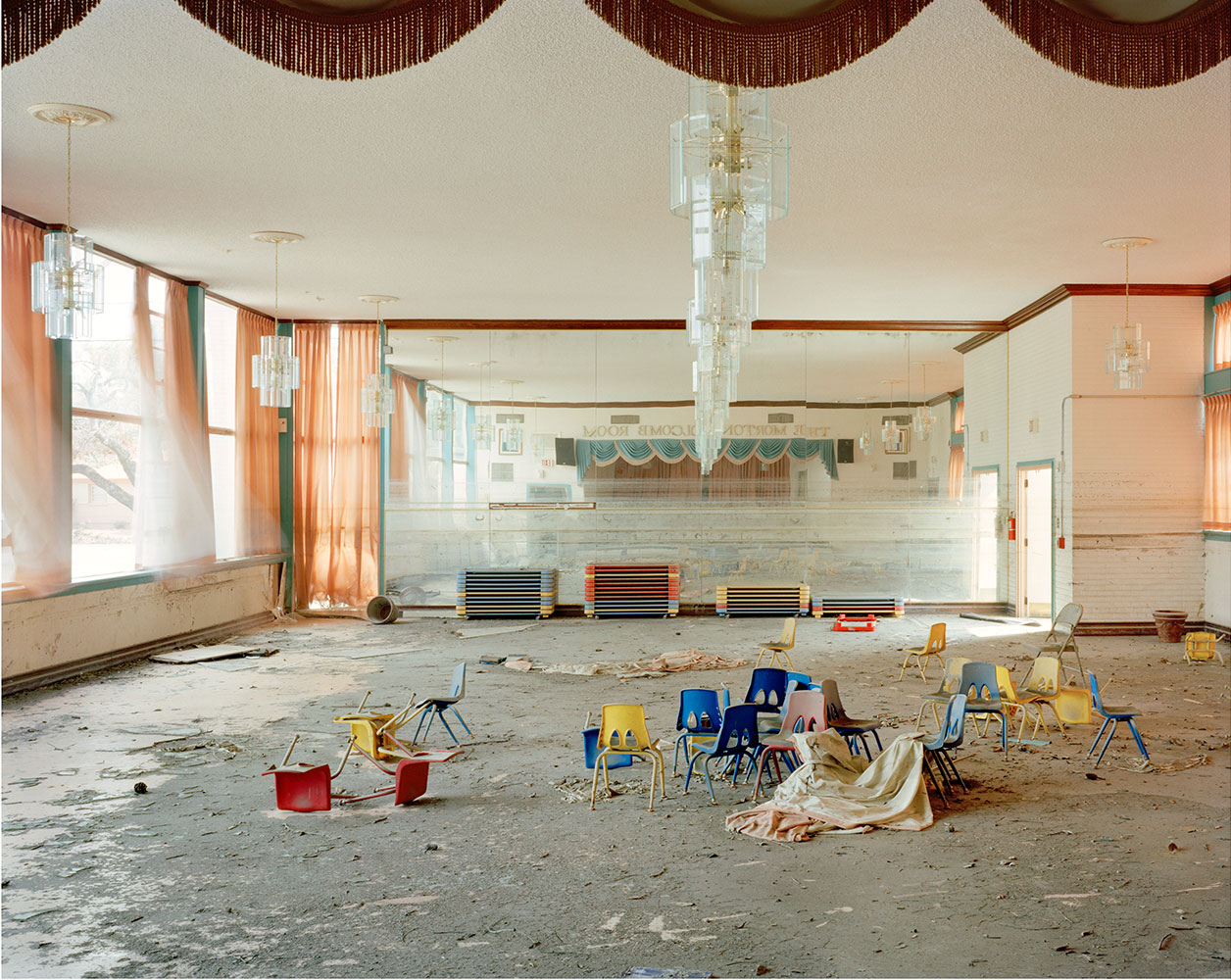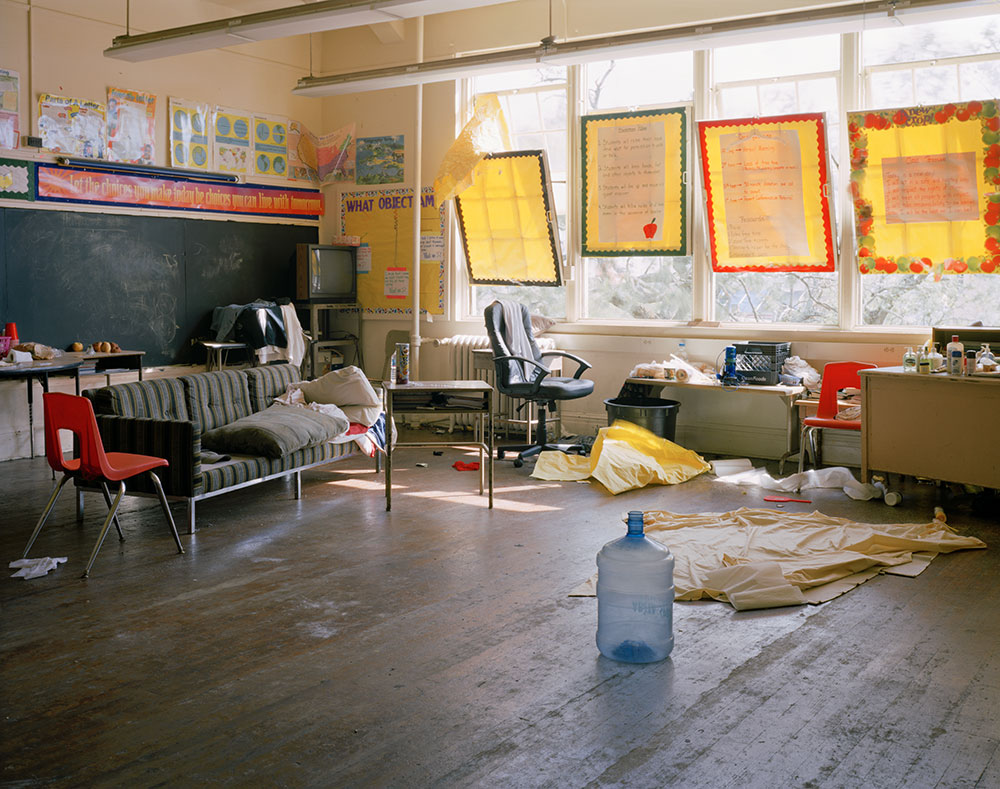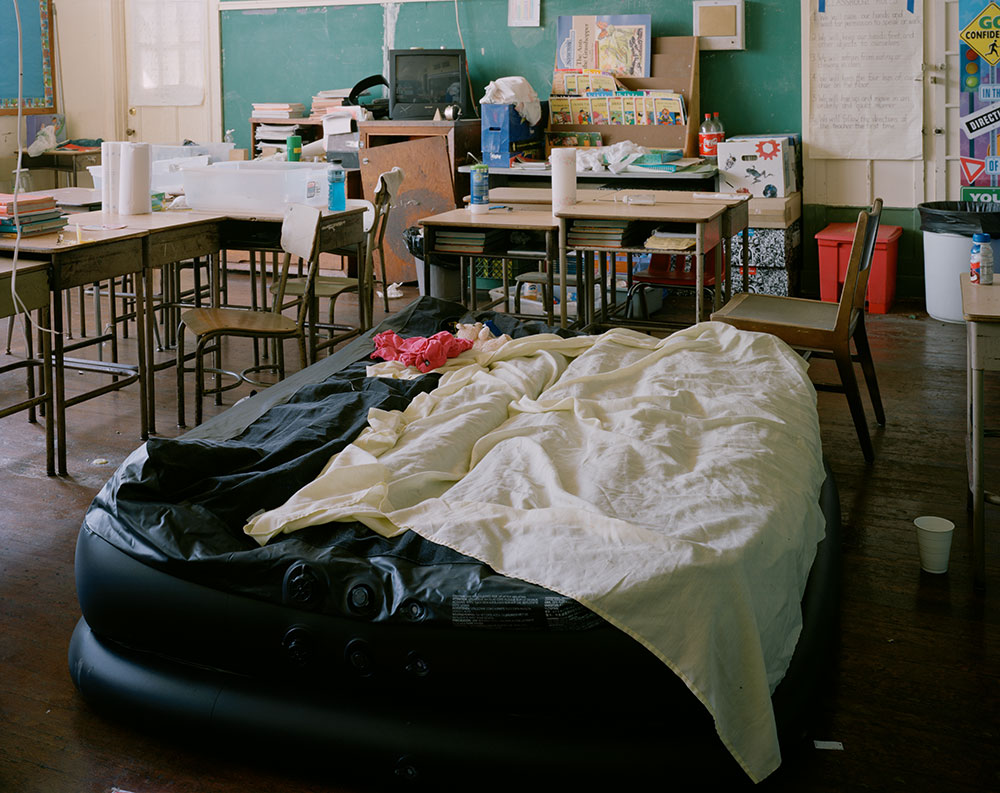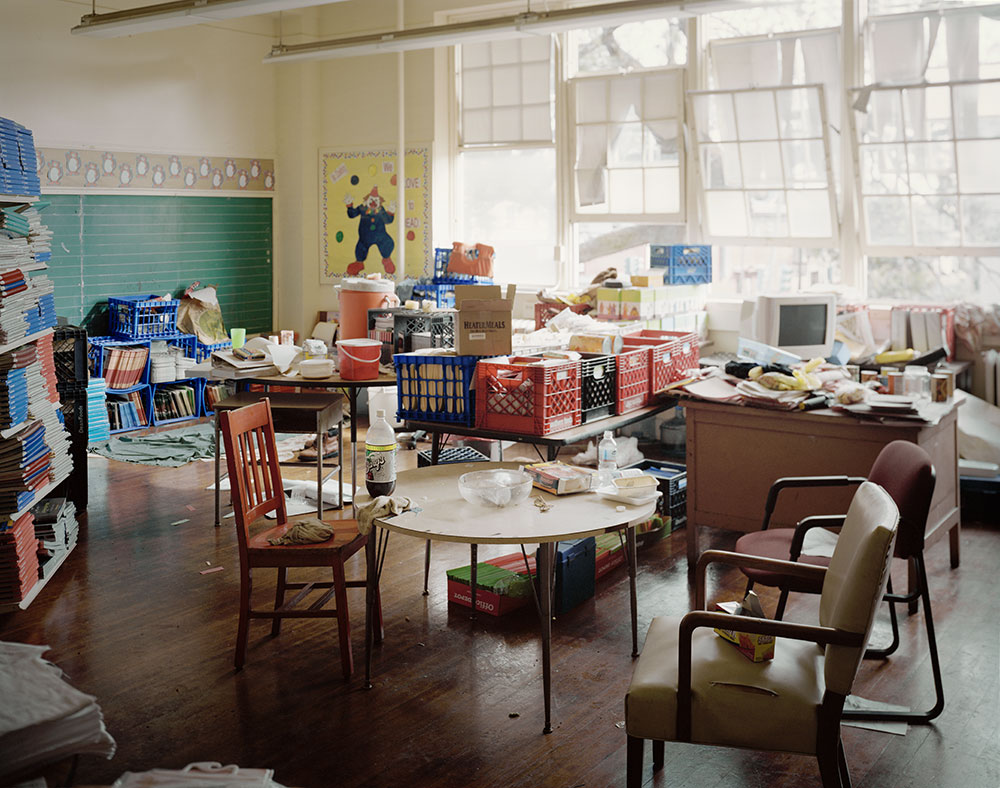Continues from Katrina: home.
During the worst of Katrina’s flooding, many people found refuge in the city’s schools, with some being used by State and Federal agencies such as the National Guard, as barracks and command centres. Even today, the storm continues to have a marked impact on the communities it ravaged, most especially those young people already considered at risk prior to the storm. The disruption and subsequent instability of the lives of affected families meant that as many as two years of regular school attendance were lost, as some families relocated several times, in the search for work or permeant housing, with some families themselves homeless for extended periods. Prior to the storm, New Orleans’ schools were notoriously poor performing and state officials took the devastating impact of the storm to educational infrastructure as an opportunity to revamp the system. While highly contentious, the results have been largely remarkable in the graduation rates of the city’s poorest. These steps while seen by many as critical intervention of the region’s educational system, have done little to shift the balance for those, then students, now in their 20’s and early 30’s, who’s lives were stalled in the wake of the storm.
Other chapters: intersections | home | school
My deepest thanks to Julia Drapkin, a dear friend, while unable to go herself, emboldened me to do so; and for the generosity of her partner, Forest Wright, who being fiercely committed to the wellbeing of his beloved neighbours and city, refused to leave.
